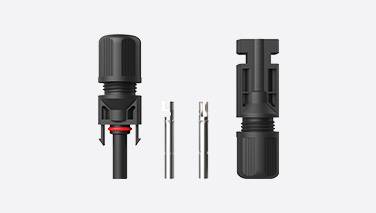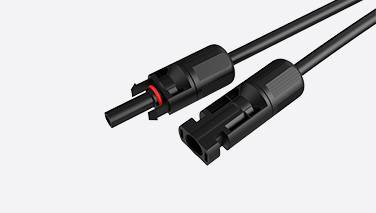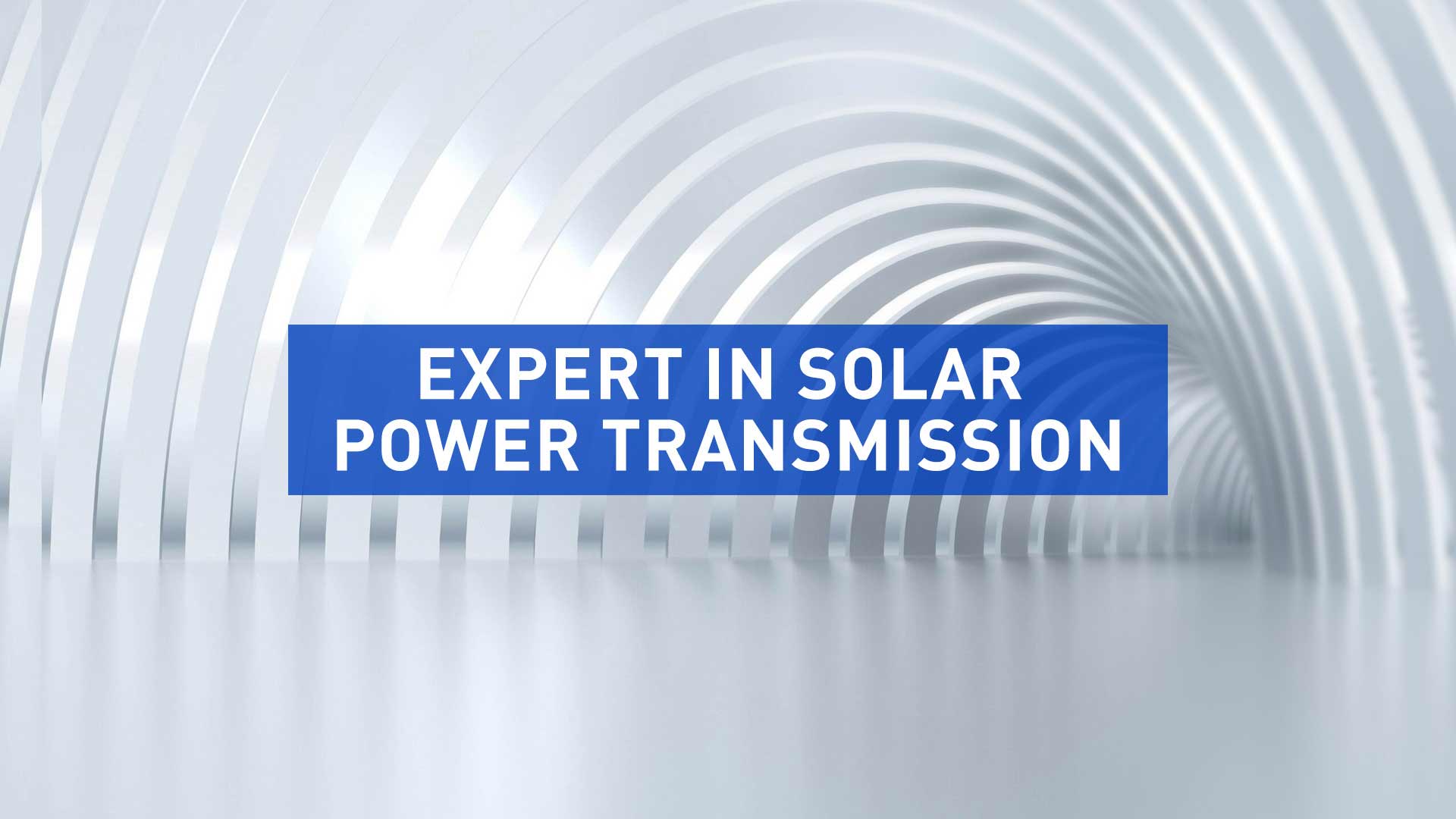Efficient Solar Energy Production: The Benefits of Angle Calculation
APRIL 4ST,2023
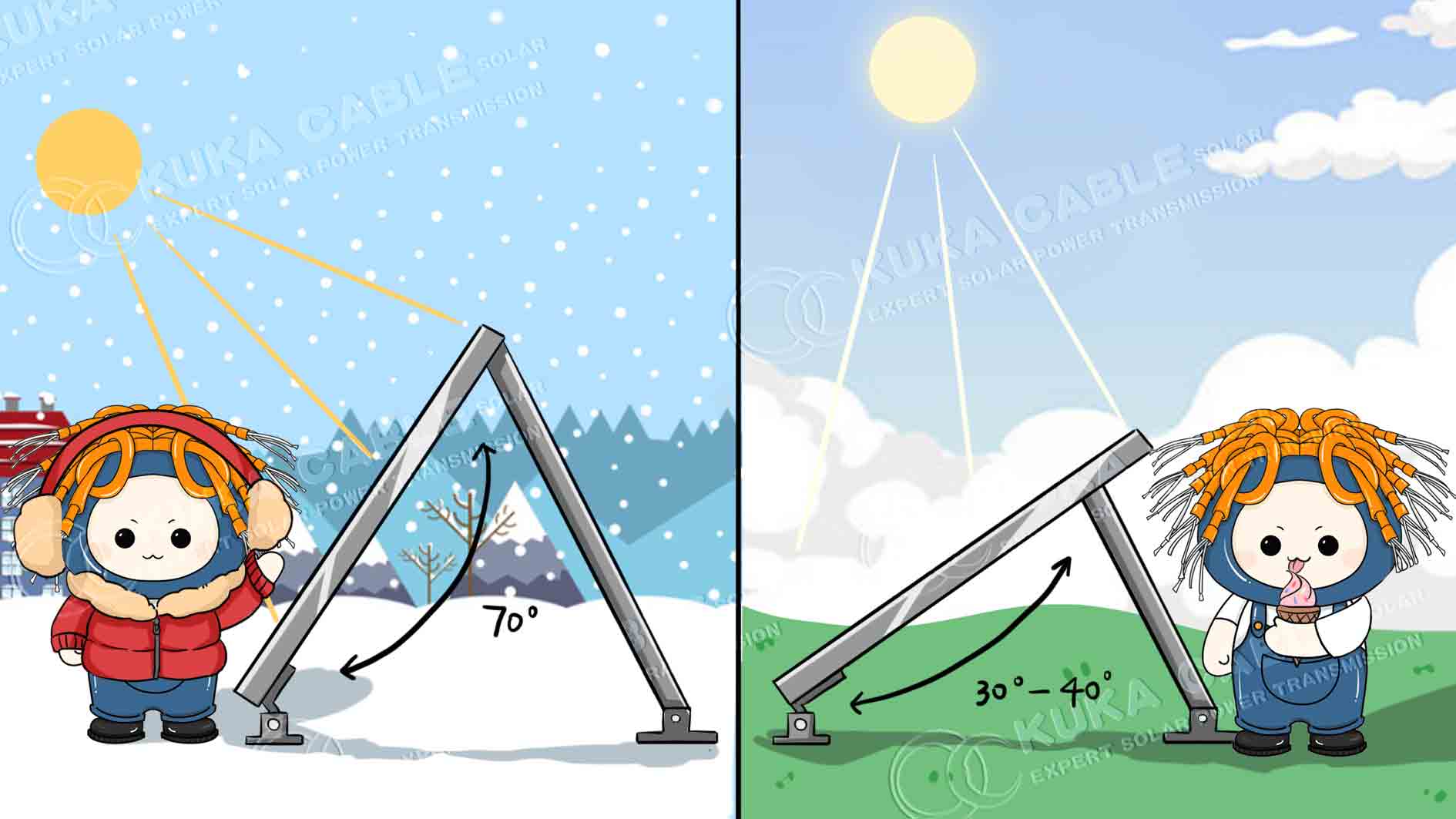
While the placement of solar panels on your roof is important, the right angle can help you get more energy back by maximizing the efficiency of your solar panels. The issue of choosing the right angle is quite complex, as it varies with the season and latitude you are in. This article will discuss some important factors so you can understand how to choose the best angle for your solar panels.
The angle of a solar panel is the angle at which it is tilted perpendicular to the ground.
The angle of the panels may vary for a variety of reasons, such as if the homeowner sets the panels at a fixed angle or if the roof is too steep to adjust. In theory, adjustable-angle solar panels are ideal for flat roofs because these panels are easier to adjust the angle and have no initial tilt. They can also be installed on the ground when the roof is not suitable for solar panels. It is important to note that low-angle panels tend to accumulate dirt and debris more quickly because they cannot clean themselves when it rains as well as higher-angle panels.
Some models of solar panels are equipped with solar trackers that automatically follow the sun. The average efficiency of these solar panels can be increased by 25 to 30 percent (able to squeeze out about 10 percent of the energy in the winter and more than 40 percent in the summer), but they also cost significantly more. Obviously, these solar panels do not need to be adjusted in different seasons, as they do so automatically. The different tilt of each season gives the solar panels a certain amount of power.
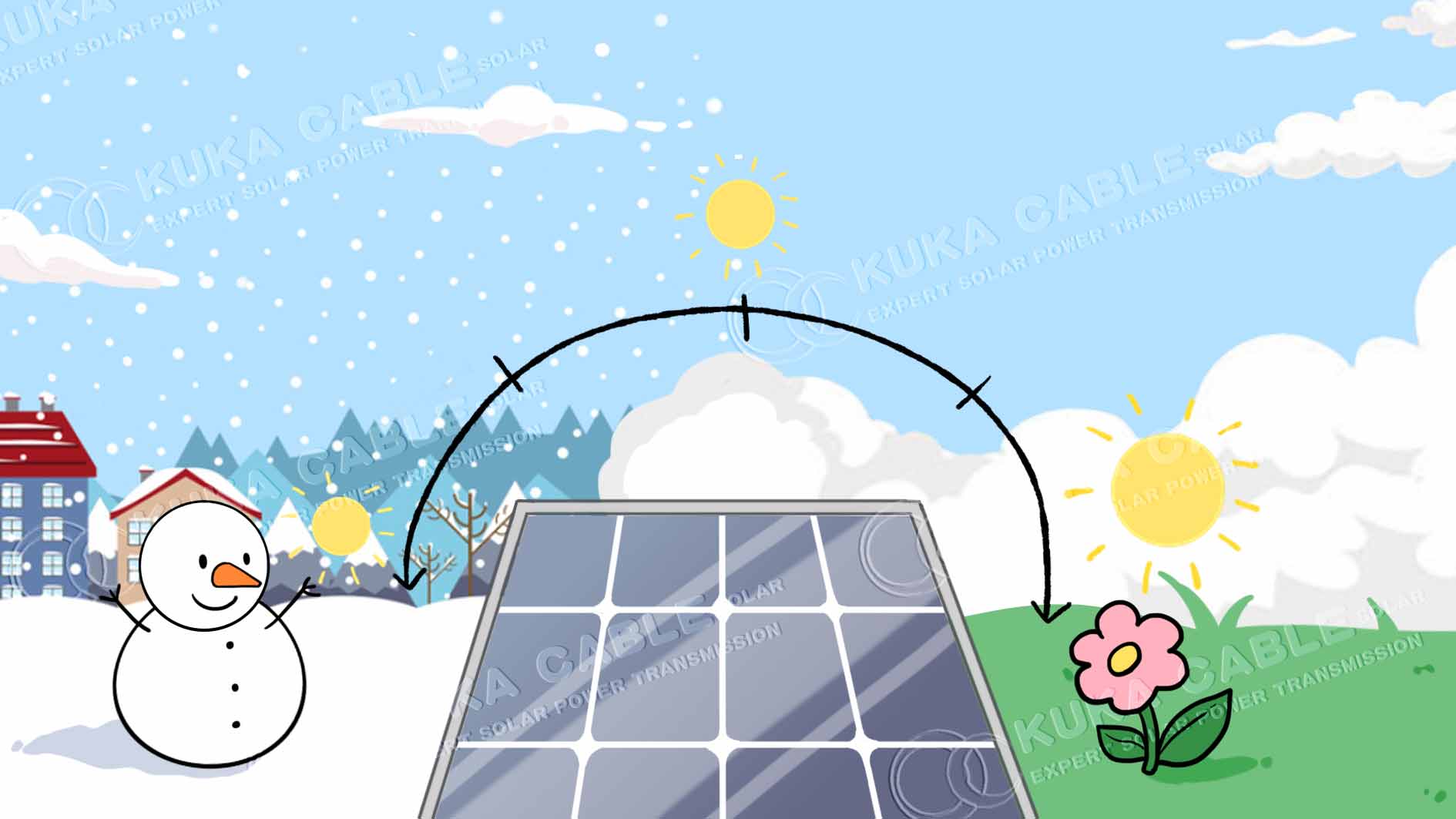
If we simplify the problem, the angle of your solar panels can be equal to the latitude of your location
For example, in Berlin, Germany, the latitude is 52 degrees, so you can set your panels to an angle of 52 degrees and the efficiency will be good. However, the panel angle should be reduced by 15 degrees in the summer when the sun is higher and increased by 15 degrees in the winter when the sun is lower. In New York, for example, you have a panel angle of 37 degrees in the summer and 67 degrees in the winter. However, this method can be continuously optimized and improved.
It is worth noting that according to Charles Landau, Senior Software Engineer at Arxan Technologies, fixing the solar panel angle will yield about 71.1% of the best solar energy throughout the year
If the panel angle is adjusted twice a year (summer and winter), the amount of solar energy received increases to 75.2%. Whereas adjusting 4 times per year - per season - would only increase this figure to 75.7%, so it is hardly worth the time and effort to do so. That's because the solar panels lose some sunlight during the day because there is no perfect angle.
Landau even calculated the best date for the angle switch. In the northern hemisphere, summer adjustments should be made on March 30, and winter adjustments are best made on September 10. In the southern hemisphere, the opposite is true: the best date for summer adjustments is September 29, while the best date for winter adjustments is March 12.
Remember, you should know your priorities and when solar is most useful for your home. If you don't plan on adjusting your solar panel system throughout the year, but at the same time you know that solar will be most important in the winter, you can set the winter angle once and for all. This way, you will lose some energy in the summer, but in the winter your panels will work at maximum capacity.
There are also ways to calculate the best angle for solar panels in your area. Under standard test conditions, the efficiency numbers for solar panels correspond to their performance at 77 degrees Fahrenheit, 1.5 air mass spectrum and 1000 W/m2 irradiance. These conditions represent the performance of panels tilted at approximately 37 degrees in the spring or fall in the continental United States. In the U.S., they may work well if the panels are angled between 30 and 45 degrees.
Some solar consultants recommend using the following formula:
Latitude * 0.9 and then +29 degrees in the winter and -23.5 degrees in the summer, or just subtract 2.5 degrees from the latitude to calculate spring/fall.
For example, if you live in New York, the angle for spring and fall would be 40 degrees latitude - 2.5 degrees = 37.5 degrees.
In winter, it would be 40 degrees 0.9 + 29 = 65 degrees, which is a relatively steep angle, but it should theoretically allow the panel to receive the most sunlight during the day. In the summer, the angle would be 40.9 - 23.5 = 12.5 degrees.
Using these formulas will improve solar collection efficiency because the correct tilt angle will allow the panels to maximize solar radiation reception throughout the year. Please note, however, that these formulas are only some guideline suggestions and the actual optimal tilt angle may vary depending on your specific situation. Therefore, it is always best to consult with a professional solar consultant or engineer before selecting a tilt angle to ensure that your system is maximizing the use of solar energy.
Landau, which appeared earlier in this article, claims that for fixed solar panels, the angle should be calculated as follows:
If your latitude is less than 25 degrees, multiply by 0.87.
If your latitude is greater than 25 degrees, but less than 50, multiply it by 0.76 and add 3.1 degrees.
The angle of the solar panel is not as important as other factors
Before we look at the best tilt angle for solar panel installation, we need to understand the orientation and location of the solar panels, as these factors have a greater impact on panel performance than the angle. Compared to other factors, such as orientation, weather, and model attributes, the angle has relatively little impact on the variability of solar panel performance. For example, a south-side roof can increase the efficiency of a solar panel by 15% compared to a solar panel installed on the east or west side, while trying to get the perfect angle only increases the efficiency by about 5%. Therefore, the correct choice of location and model is even more important to improve performance.
For family homes, it rarely makes sense to go for the perfect angle - it makes more sense to put more thought into positioning and selecting the right model. In general, homeowners are often influenced by factors such as the wrong roof, tree shading, and budget constraints. Therefore, for those using solar panels on larger PV projects, it makes more sense to try to get the best angle.
While small details can make a big difference, it is actually very difficult to install panels at the optimal angle. So, if you are concerned about not being able to mount your panels at the best angle, don't worry too much. If you are considering installing solar panels, or are confused about how to install and choose solar panels, read our article on the subject.




